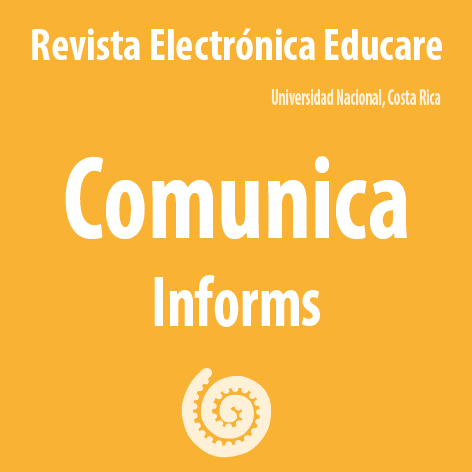Peer Review
Procedure to select and approve articles:
Papers begin the registration process with the review of the information uploaded to the Journal's web page: a Word version of the paper, the Originality Statement and Transfer Agreement and a brief version of each author's Curriculum. Tha verification of new papers submitted is done every 2 weeks.
Each paper will undergo the first review filter that will consider editorial, originality and citation elements. Similarities with already published material will be checked during this phase. This process will take no less than 6 weeks.
All papers will be evaluated and dictaminated through double blind peer review. The anonymity, of both author and peer, is guaranteed. Once a paper is assigned for evaluation, the process will take at least 5 weeks. Papers received after July 1st, 2019, will be evaluated through simple blind peer review which implies the anonimity of the peer.
Peer´ Selection. The evaluators should be specialists in the topic of the evaluated article and a prestigious academic (preferably Masters or PhD), with experience in research and must have published in scientific journals.
The review process must complete the following steps:
- Must meet the requirements defined in the Instructions to Authors.
- Confirmation that the article is plagiarism or selfplagiarism free and that ideas that do not belong to the authors are correctly attributed to their owners.
- The Chief Editor selects the peers that will evaluate the article regarding their fields of expertise.
- The evaluation phase covers these steps.
- Each paper is sent to two peers.
- Every peer must complete the Journal`s Dictamination Form.
- The peers must conclude with one of the following results:
- Publish (Accept Submission)
- Publish once the authors fullfill the recommendations provided by peers and editors (Revisions Required)
- Do not Publish (Decline Submission)
- If one of the peers defines that an article must not be published, the document should be sent to a third party whose dictamination must set the final result. If any doubt persists regarding dictamination or any other conflict, the Journal's Editorial Board must define if the article is published or not or if other actions must be taken.
- If the result recommends that corrections must be incorporated to the paper, the authors are responsible to complete them and turn in the paper on the deadline set by the Journal (2 weeks or 12 to 15 days). If the article has not returned to the Journal in the due date, it can not be guaranteed that the article will be published in the next issue.
- In all cases, both the final decision and its official communication are responsibility of the Editor.
- Once the paper is back in the Journal work line, the adjustments will be checked, if necessary the peers might review the full text again and if any other corrections must be included, the paper will return to the author to ensure that the document is refined.
- Once the article is ready, the Editorial Board endorses its publication. Considering the volume of papers the Journal processes per year, no less than 52 weeks take place between submission and acceptance.













 The articles published by Educare Electronic Journal can be shared with a Creative Commons License:
The articles published by Educare Electronic Journal can be shared with a Creative Commons License: 



